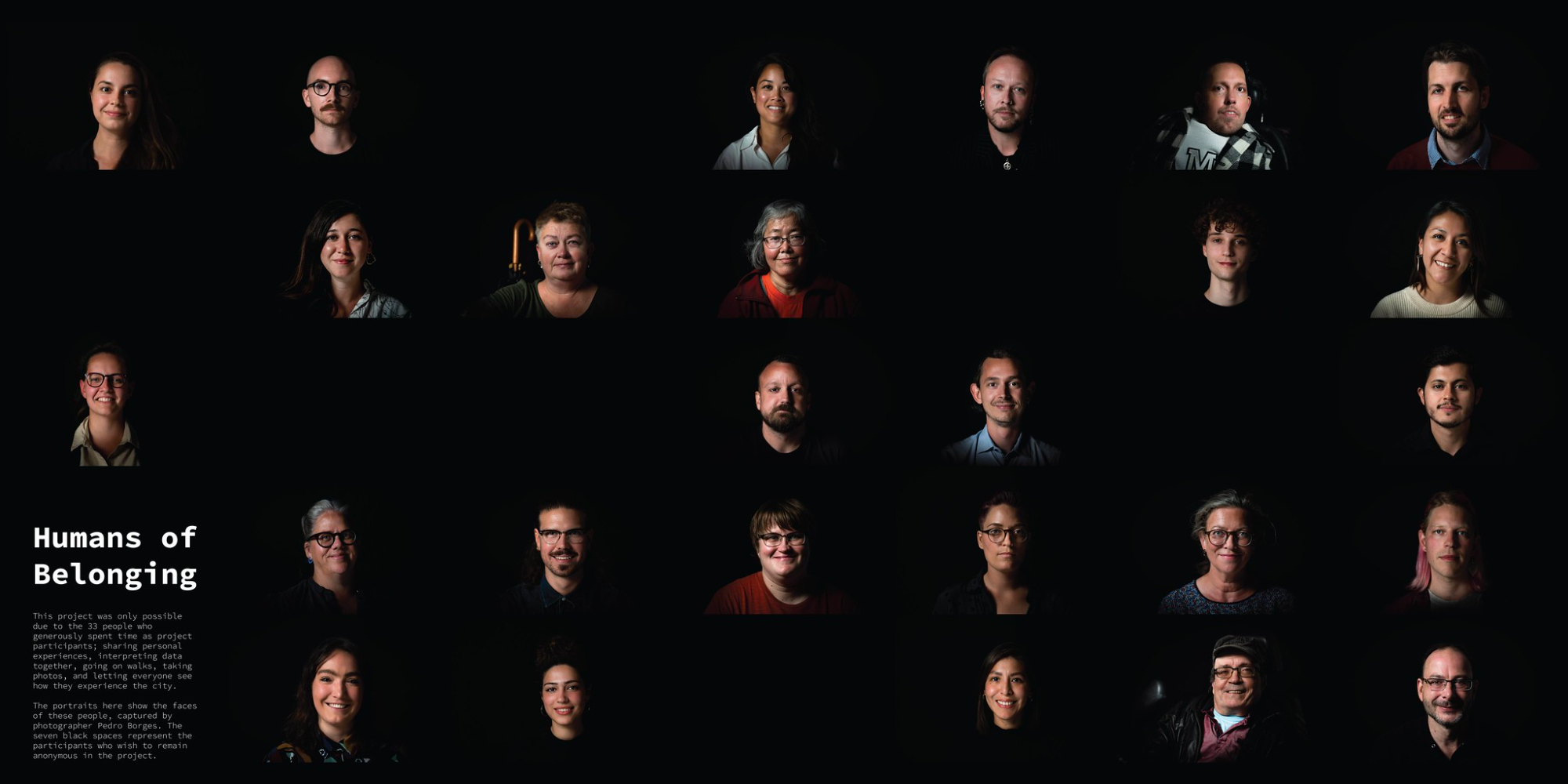by Maja Goertz, C/O Vienna
We talk to Danish architect Sofie Burgos-Thorsen and Dutch media researcher Sabine Niederer. Both are part of the Urban Belonging Project, which is a guest this year at Ars Electronica (September 6-10 in Linz). Nine researchers and planners have joined forces to look at the city of Copenhagen through the eyes and ears of those who otherwise have no voice.
The two scientists Sabine Niederer and Sofie Burgos-Thorsen love Copenhagen and want to use Citizen Science, meaning working together with citizens, to research how the city can be made even more livable. What can Vienna, Linz, Graz or Innsbruck learn from Copenhagen? Make areas of the city accessible not just to the elites, but to more people, such as the roofs of public buildings and the shores of lakes and rivers.
“Everything invites you to stay!”
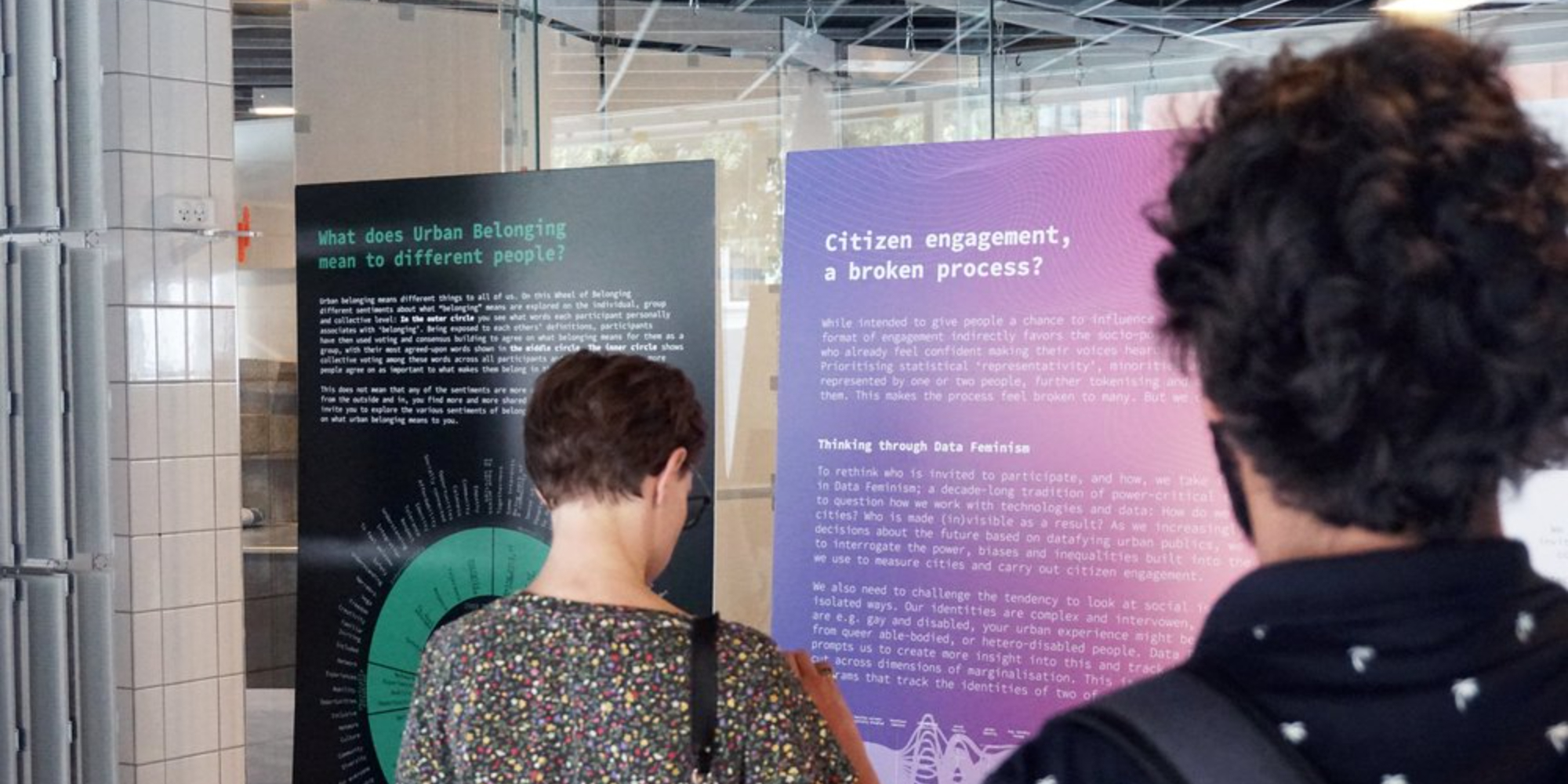
credit: Sofie Burgos-Thorsen
Why is Copenhagen such a livable city?
Sofie Burgos-Thorsen: I grew up in Copenhagen and find it very open. The person is the benchmark there. The city is designed so that everything is accessible by bike or on foot. There are also many green spaces and waterfront squares, so you can use the public space without having to consume. The most beautiful thing about Copenhagen is the harbor. There are jetties and sunbathing areas, everywhere you can jump into the water.
Sabine Niederer: As a Dutchwoman, of course I love cycling in this city and the Danish design, it is so elegant. Everything invites you to stay!
Jan Gehl, the famous Copenhagen urban planner, said that today’s cities no longer compete only for capital and bright minds, but for quality of living. What can Vienna learn from Copenhagen?
Unlike New York, where you spend hours in subway tunnels every day, you can learn from Copenhagen how well we women cyclists are treated. Cycling creates such a sense of freedom for everyone every day and brings so much joy.
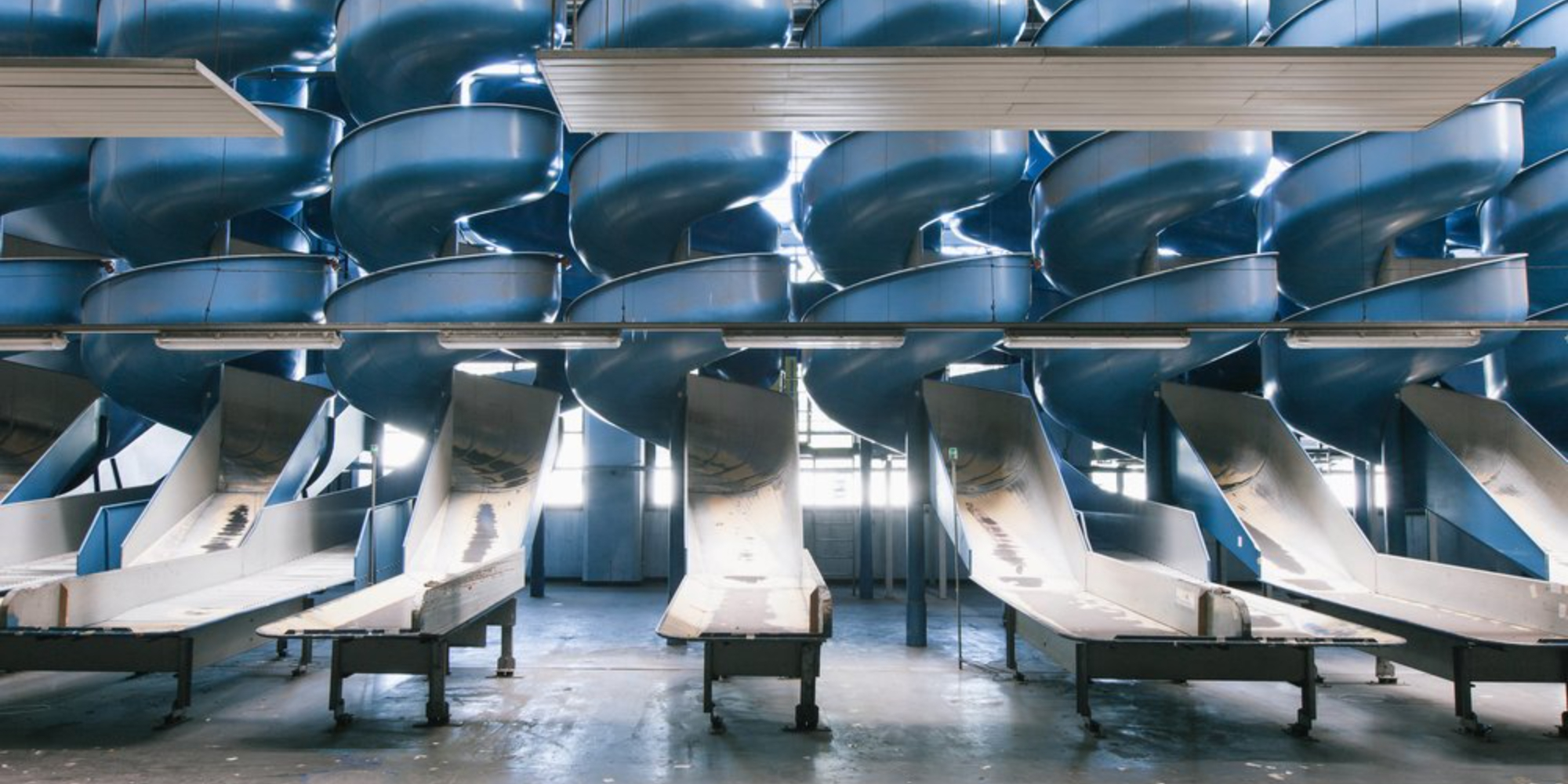

For your “Urban Belonging Project” you talked to people from marginalized groups about their sense of belonging in Copenhagen. Who are these people?
We focused on people with physical disabilities, mental illness, homeless people, deaf people, queer people, ethnic minorities and people living in Denmark who do not speak Danish. Among our participants there were of course many overlaps, for example deaf people who also suffer from mental illness.
What was the beauty of working with those individuals?
We were touched by the fact that many told us positive things about their lives in Copenhagen. In no way did we want to invite “trauma porn”. Many have told us that in the past they have only ever been invited to speak in the negative and to talk about what is not working for them.
“Wanting to get there, but not getting there”.


Here you can see the spectacular “CopenHill” building in Copenhagen (2017): Danish star architect Bjarke Ingels’ architectural firm BIG has combined a waste incineration plant with a ski slope on the roof, climbing walls, fitness courses and restaurant operations. The question is whether such media-rich projects are really available to all.
That is, not everyone perceives a city in the same way?
One always experiences a city very subjectively. Everyone has a different perception and their own way of orienting themselves in it. Some would associate Copenhagen only with the old town and historical architecture. For others, it would be little more than the shopping street where all the big stores are lined up. And for others again, Copenhagen is an area outside the city center where they are living. The city is interpreted differently by everyone.
Your specialty are methods that work without language. In this way, you have included groups that would not be heard otherwise. How did these people show you their city through their eyes, ears, hands and noses?
For example, we asked them to mark on maps where Copenhagen begins and ends for them personally. This resulted in “mental maps. We also asked those who can see, for example, to take photos of the city and show us places that mean something to them because they feel either excluded or included there.
The Copenhagen city government has published a kind of manual for “architectural policy”, the subtitle is “Architecture for the people”. Can the data you have collected be used politically?
The interpretation of the “mental maps” shows us quite a lot. If someone draws a very small area, we know that this person lacks access to new areas due to mobility problems. It’s not that people don’t want to get to know new areas, but that they can’t get there. The barriers can look very different: It’s about mobility, cultural differences, or financial resources.


Danish architect Bjarke Ingels has a hand for spectacular projects, but also lives in a city that allows them. The floating student village URBAN RIGGER was built in the harbor of Copenhagen, including a kayak pier, bathing platform and barbecue area. That would also be a good idea for Austria, as there are plenty of rivers and lakes.
Can your method be applied to other cities?
Absolutely. Citizens should be more involved in urban development and political decisions. Our method makes it possible to show the diversity of experiences. There is no one average experience of a city, but many different ones that exist side by side.
The “Handicaporganisationernes Hus” in the Copenhagen suburb of Taastrup, where 24 organizations for the disabled have their headquarters, is considered the most accessible building in the world. What does accessibility actually mean in practice?
An accessible city! This is not just about people with physical disabilities. One example is visual navigation. For people who are out and about in the city but don’t understand Danish or English and therefore can’t read the signs, it’s a huge challenge. The same is true for auditory orientation: If the information that a bus is cancelled is only passed on via loudspeakers and only in Danish, it is not audible for deaf people and not understandable for those who do not speak Danish.
Your methods, such as the mapping and the photos, are nonverbal. Why?
A few years ago, one of our colleagues conducted a survey among people who took part in participatory projects in Amsterdam. It turned out that the participatory, on a grassroots democratic basis and based on countless conversations and meetings, showed one thing above all: the danger of participation fatigue. They were desperate to change something, but urban development is so incredibly complex. That is why it is important that there are also different non-verbal tools to work with.


Copenhagen at dusk: Every day (!), a total of 1.27 million kilometers are covered by bicycle there. There are bicycle highways, car-free bridges and many parking spaces. Copenhagen is said to have more bicycles than inhabitants.
What is the consequence of this realization?
The point is to make policy makers aware that in any urban development method there will be people who are visible and those who remain invisible. We need to raise critical awareness of this and offer more options for participation!
In recent years, Denmark has attracted international attention for its strict immigration policy. Is Copenhagen really so open to minorities?
It is a question of mutual trust, which seems to be disappearing among people. You can see this, for example, in the fact that many people don’t want to share their data, which would be necessary for many development projects.
How could we increase trust so that people will provide their data?
We must not give anyone the feeling that they are being exploited, that they are giving away their personal data but then not getting anything out of the results. We allow our participants to have control over their data and involve them in the interpretation. Scientific research shows that data is otherwise often used to support previously made assumptions. They are interpreted to fit the political agenda of government officials, developers, or researchers. We want to prevent this cherry-picking by including our participants at all times.
“If you design something for everyone, it ends up being for no one.”
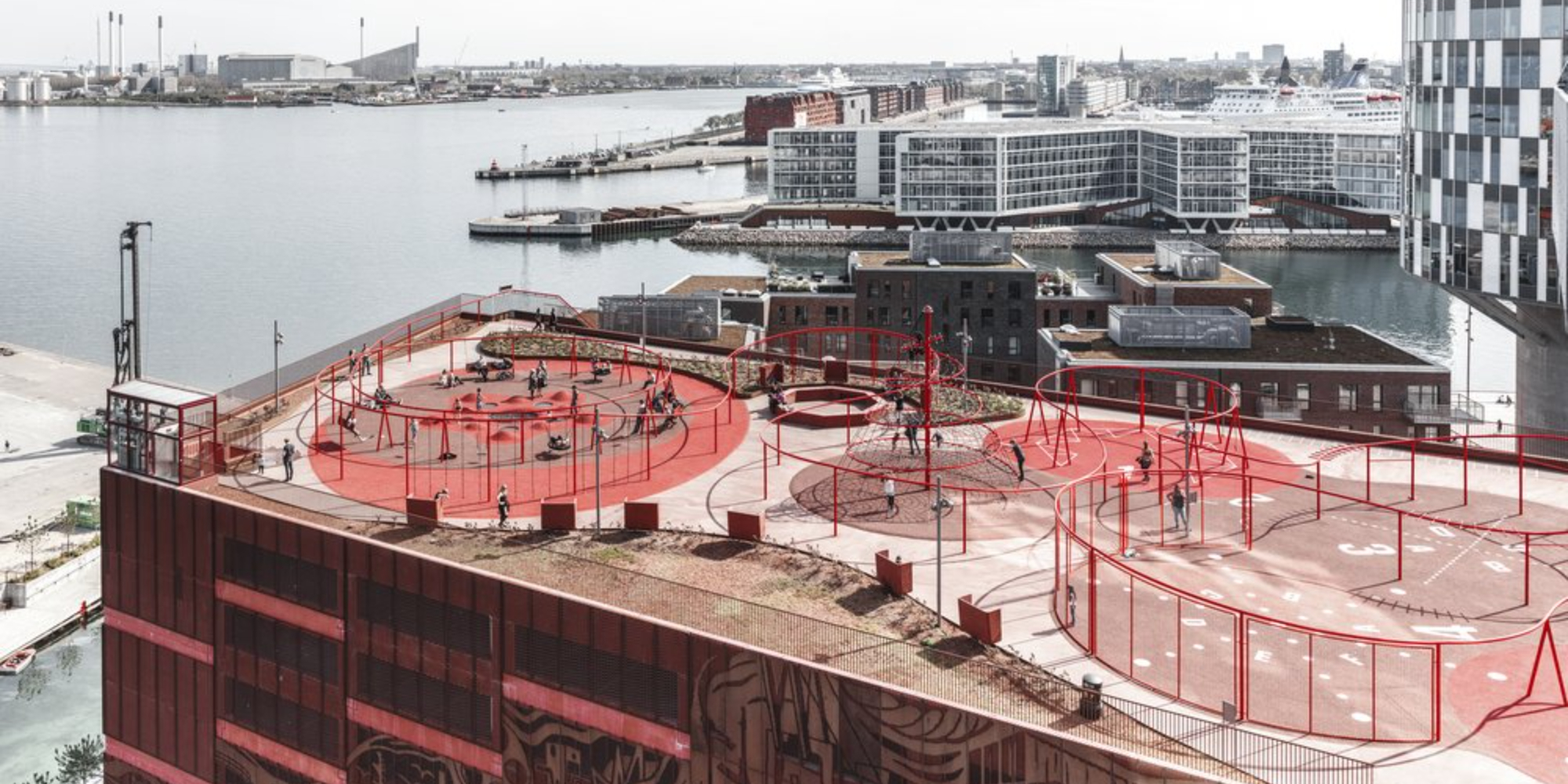


Portland Towers in Copenhagen with a fitness course on the roof that is open to the public. You have to know the place and be mobile enough to use it.
How and when does one feel they belong in a city?
Through the quality of living! Nature in the city is very important for almost everyone. Also, there are areas for different groups that are sort of coded for them. In the Latino neighborhood in Copenhagen, there are many queer services and gay bars, it is known to be an LGBTQIA+ area. Our participants who identify as queer highlighted that they feel most comfortable there because that is where they experience empowerment.
This means that there should be more places in a city for special groups than places that are open to all?
Many urban planners want to create democratic places that serve everyone at once. But our findings show that people’s needs actually point to the opposite. They also seek spaces that function like group-based property. Many places that try to be open present themselves as purposefully inclusive. These excessive references miss the point. This is probably the most important insight of the project: if you design something for everyone, it ends up being for no one.
„Byer for alle!“
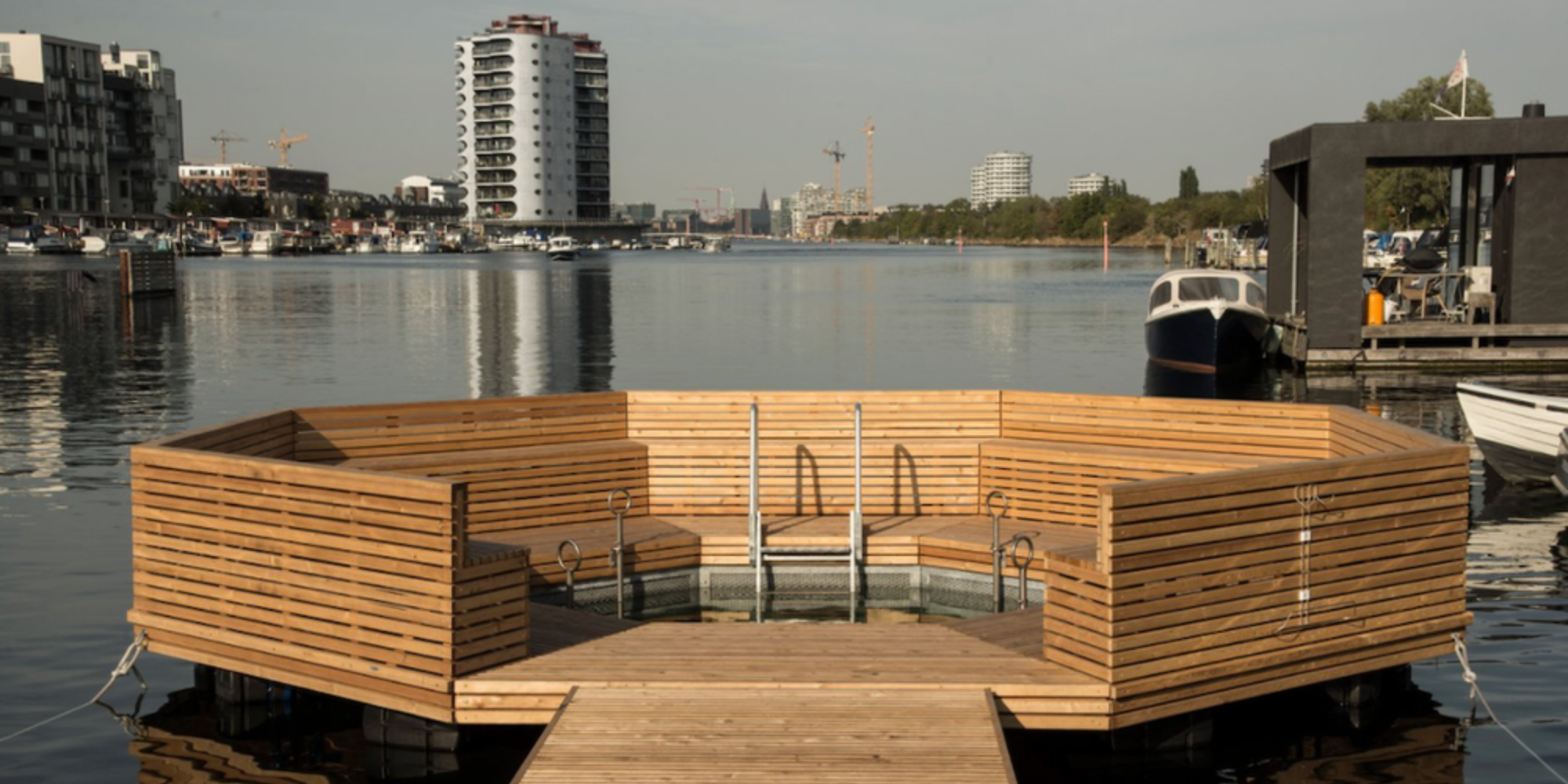

This is one of many swimming spots in Copenhagen harbor for sitting, sunbathing and swimming “for alle”. In 2023, Copenhagen was chosen by UNESCO as the “Architectural Capital” of the World.
Often the devil is in the details of the design, right?
Yes, you experience this on almost every walk through the city. The path rises in some places, maybe there are even steps, then a hill in the park. It’s nice, but not manageable for wheelchair users. We want to point out well-intentioned, but not inclusive design decisions.
Could problems often also be solved simply by technical means?
From an urban planning perspective, the problems of lack of accessibility are usually solved only technically, for example by ramps for wheelchair users. With the help of the stories we have collected, we show that it takes more than technical solutions to create a city where people feel at home. You have to listen to them!


Not only the residents who live in the chic Nordhavn area of Copenhagen bathe here. Young and old, rich and poor from all parts of the city come together here. On nice days, it’s like the public outdoor pools in Vienna.
On a personal note, what gives you the feeling of having arrived in a city?
Sofie Burgos-Thorsen:For me, it is about the community. I’ve been commuting between Copenhagen and New York for a year and a half. As a result, I feel at home nowhere and in both cities at the same time. Right now I’m sitting in a café in New York. People are constantly coming in and out, and some of them know each other. That alone feels a bit like home. Otherwise, for me, it’s a lot about navigation – knowing how to get from A to B without having to look it up, and being able to move intuitively. The basic factor on which all these approaches are built is financial stability.
Sabine Niederer: For me, it’s the people who make me feel at home. But also the feeling of security. I have a very specific place in Amsterdam: a canal near the central station. Every time I drive past it, I feel at home.
Finally, can you teach me one sentence in Danish?
Byer for alle! That means “Cities for all!”
The article was published in C/O Vienna Magazine: http://www.co-vienna.com/de/leute/die-urbanistinnen/
Find out more about the highlights of the Ars Electronica Festival here.
The URBAN BELONGING PROJECT was founded in 2021 and carried out by nine female scientists and urban planners. They developed methods to gather the needs of disadvantaged populations without language. In collaboration with Copenhagen community organizations, they collected more than 1,400 photos and 200 “mental maps” over a three-month period. For their development of non-verbal methods for urban planning, they received the EU’s “DIVERSITY AND COLLABORATION” AWARD in 2023.

Sabine Niederer was born in The Hague in 1977 and holds a professorship in Visual Methodology at the Amsterdam University of Applied Sciences.
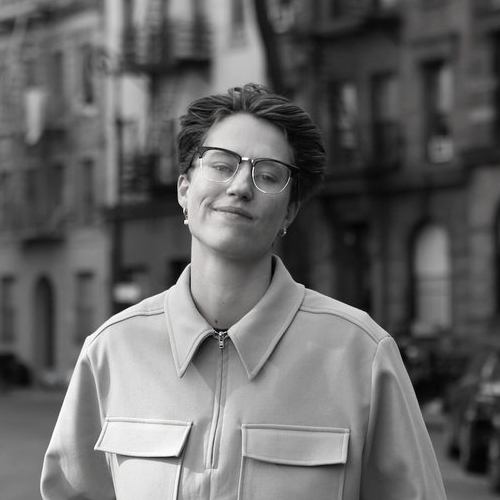
Sofie Burgos-Thorsen was born in Copenhagen in 1992 and is a PhD candidate at Gehl-Architects, a Copenhagen-based urban research and design consultancy. She is a native of Copenhagen and commutes between Denmark and New York.
